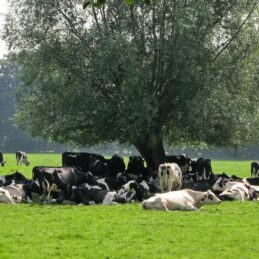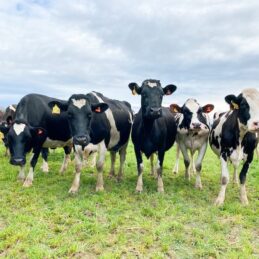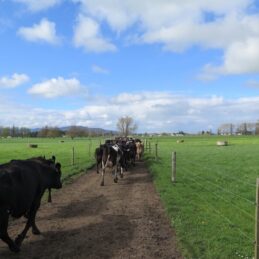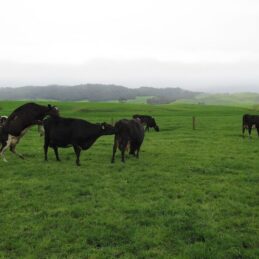The Power of Custom Formulations
Nadine Olsen When you have been around for over 115 years, you realise you have been part of a significant evolution of mineral supplementation in New Zealand. To start with it was all around resolving issues, with magnesium staggers being the main mineral deficiency of concern to kiwi farmers. Nutritech (known back then as the […]





